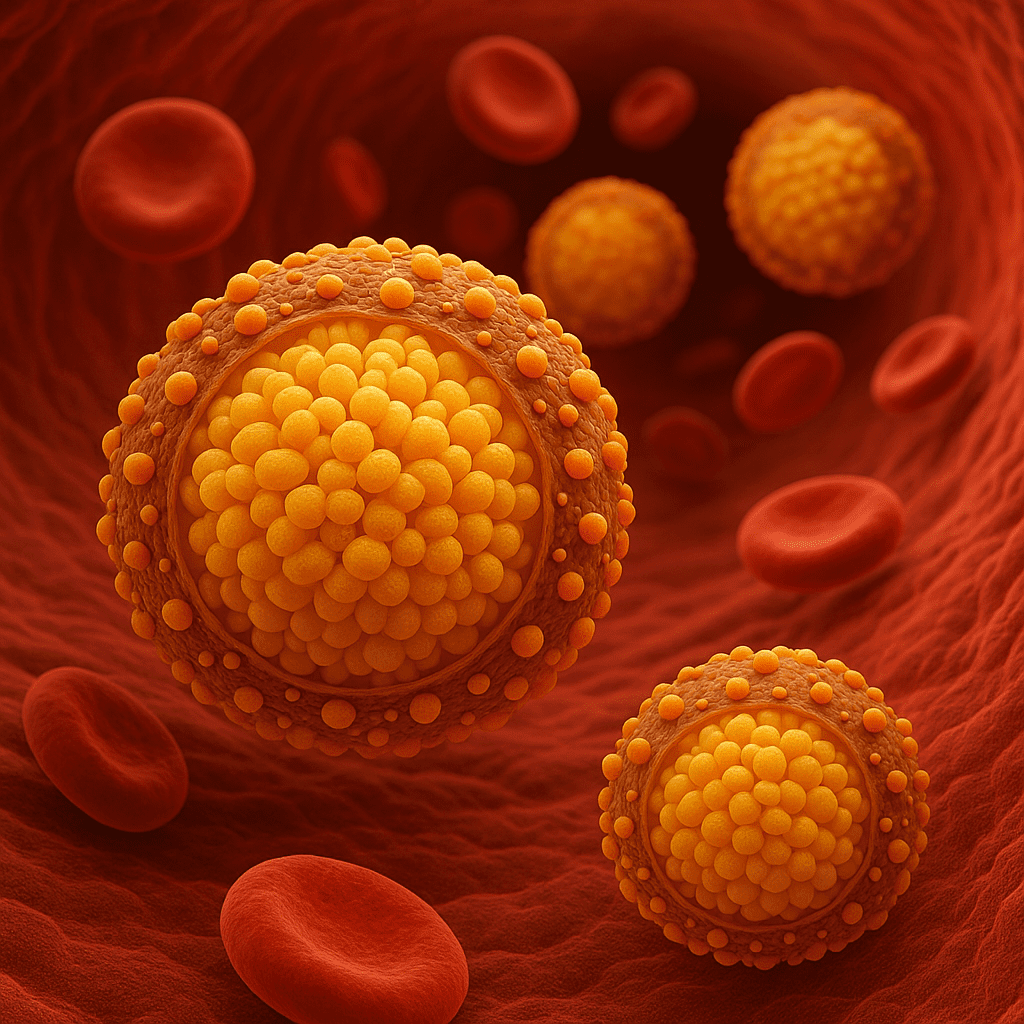When it comes to fasting, LDL particles — often referred to as “bad cholesterol” — take on a different role than the one typically painted in mainstream medicine. Here’s a clear breakdown of what’s happening and how LDL is influenced during fasting, especially through the lens of Natural Hygiene and metabolic physiology:
🩸 What Are LDL Particles?
- LDL (Low-Density Lipoprotein) particles carry cholesterol and fats (mainly triglycerides) from the liver to the cells.
- They are not inherently “bad”; they are part of the body’s system for transporting fat-soluble materials, including essential fat-based nutrients and cholesterol needed for cell membranes and hormone production.
🔥 What Happens to LDL During Fasting?
1. Increased Mobilisation of Fat Stores
- During a fast, insulin drops, and the body switches from burning glucose to burning stored fat (lipolysis).
- Fatty acids are released from adipose tissue and travel to the liver, where some are converted into ketones (for brain fuel), while others are packed into LDL particles to be used by other cells for energy.
✅ This can lead to a temporary rise in LDL cholesterol levels, especially early in a fast or in extended fasting.
2. Shift in LDL Particle Size
- Fasting tends to increase LDL particle size.
- Larger, fluffier LDL particles are much less associated with cardiovascular disease than small, dense LDL, which are more likely to oxidise and contribute to arterial plaque.
✅ A shift to larger, less atherogenic LDL is generally a positive sign of metabolic health.
3. Improved LDL Functionality
- In the fasting state, there’s less oxidative stress and inflammation, which reduces the likelihood of LDL oxidation — the real problem in cardiovascular disease.
- Oxidised LDL, not LDL itself, is what leads to immune responses and plaque formation in arteries.
✅ Fasting improves the environment in which LDL operates, making it safer.
⚖️ Natural Hygiene Perspective
- Cholesterol is not a toxin, but a vital substance in the body — for hormone production, cell structure, brain function, and repair.
- The rise in LDL during fasting reflects the body’s detox and repair mechanisms, not a disease state.
- Natural Hygiene views this process as beneficial and self-regulating, as long as fasting is done intelligently and refeeding is clean and natural.
🧪 Research Highlights
- Fasting and calorie restriction consistently show improvements in lipid profiles over the long term, even when LDL may temporarily rise.
- Studies have shown intermittent fasting can lower triglycerides, raise HDL, and improve LDL particle size and function.
📚 Example study:
Effects of Intermittent Fasting on Health Markers in Humans
🧘♀️ Key Takeaways
- LDL increase during fasting is normal and usually not dangerous.
- LDL function and particle type improve, reducing cardiovascular risk.
- Temporary cholesterol increases should be interpreted in context — they often reflect mobilisation and healing, not damage.
- Always evaluate cholesterol changes alongside inflammation markers, fasting insulin, triglycerides, and overall metabolic health.


